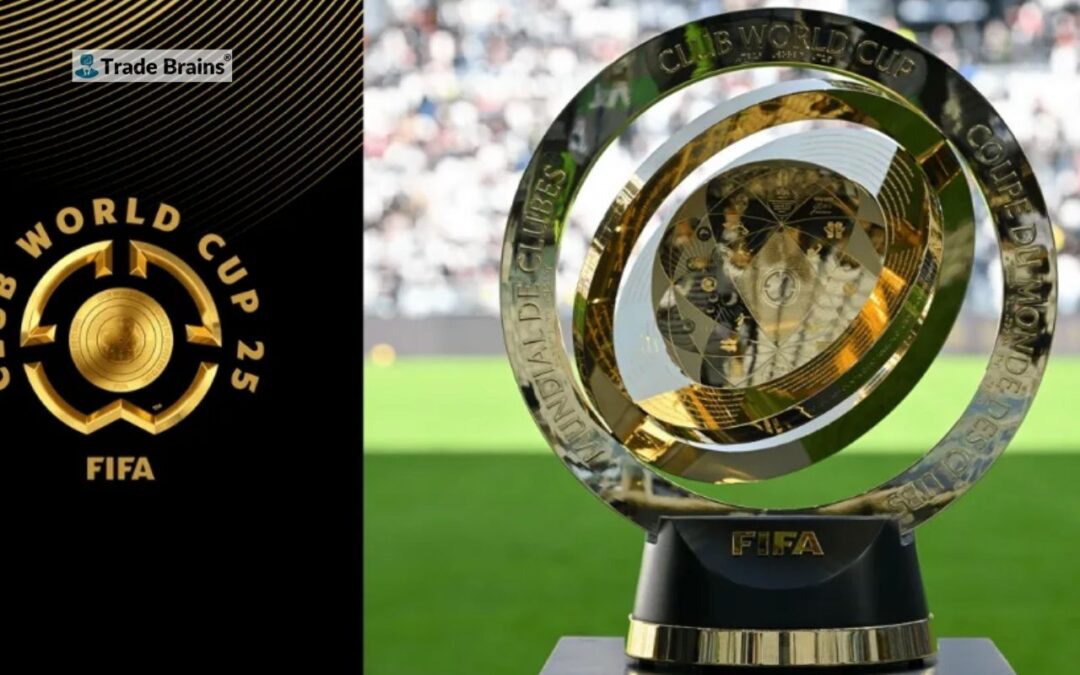Football is about to change, and the center of this change lies in the highly awaited Club World Cup 2025. FIFA’s aggressive move in restructuring the traditional tournament into an international extravaganza with 32 top clubs is a turning point in the way club football will be viewed internationally. To be held in the United States, the Club World Cup 2025 is more than a football competition—it’s a declaration of the future of football.
Let’s dive into the history, the format, the teams most likely to participate, the calendar, and how this historic change will impact fans, clubs, and the future of football.
The Evolution of the Club World Cup
The inaugural FIFA Club World Cup, which began in 2000, was intended to bring together the winner of each of FIFA’s six confederations, as well as the representative of the host country. Although it had moments of magic and international recognition, it was always accused of being too brief, narrow in appeal, and dominated by European clubs to an excessive degree.
Now, FIFA is rewriting the playbook. The widened tournament is meant to provide a more competitive and inclusive stage, giving clubs from all over the world an authentic chance at international glory.
Club World Cup 2025 Format and Schedule
Number of Teams: 32
Length: Around 3-4 weeks in June-July 2025
Venue: United States
Group Stage: 8 groups consisting of 4 teams each
Knockouts: 2 from each group go to the Round of 16, then quarter-finals, semi-finals, and final.
This change not only adds more matches but allows fans to see world-class football from teams that they wouldn’t normally have together in one tournament.
Confirmed and Expected Clubs
Currently, clubs are qualifying for the Club World Cup based on continental tournament performance between 2021–2024. For instance:
Europe (UEFA): 12 teams
Recent UEFA Champions League champions such as Manchester City, Real Madrid, Chelsea, and Bayern Munich will be joining in.
South America (CONMEBOL): 6 teams
Iconic clubs such as Flamengo, Palmeiras, and River Plate will be coming.
Oceania (OFC): 1 club
Host Country (USA): 1 club
This selection guarantees that the Club World Cup is not an affair dominated by Euro clubs alone, but a genuine festival of international football.
Why the United States?
Since the 2026 FIFA World Cup will also be hosted jointly by the US, Mexico, and Canada, this tournament will be an ideal warm-up. It provides the U.S. with an opportunity to gauge its infrastructure, crowd appeal, and operational efficiency.
Additionally, football is quickly expanding in the U.S. Major League Soccer (MLS) is expanding, and people in America are listening to and watching global leagues more and more. It is anticipated that hosting the Club World Cup will step up this growth.
Worldwide Reach and Commercial Effect
With 32 clubs, the tournament has been anticipated to attract worldwide attention on a massive scale:
Broadcast Rights: Worth billions owing to high-profile club participation.
Sponsorships: FIFA foresees leading global brands queuing up to sponsor the redesigned tournament.
Merchandise and Ticket Sales: Having games at American stadiums with capacities over 60,000 will bring huge revenue collection.
What Makes the Club World Cup 2025 Special?
1. New Rivalries and Matchups
Supporters would be able to see matches such as River Plate vs. Manchester City.
2. Cross-Continental Football Growth
The addition of the best teams from Africa, Asia, and North America will enhance growth and infrastructure in the three continents.
3. High Stakes, High Rewards
Apart from the massive prize fund, there is also global pride at stake. For most clubs, this is going to be the largest international tournament they have ever competed in.
Concerns and Criticism
Though the Club World Cup 2025 has been greeted warmly, it has not been without criticism:
Player Fatigue: A congested schedule may result in players becoming exhausted, particularly following a lengthy domestic campaign.
Club vs. Country Conundrum: National teams can be concerned with their players suffering injuries or exhaustion in preparation for the international season.
Over-Commercialization: Others claim that FIFA’s action is less about developing football than generating revenue.
FIFA and clubs must collaborate to uphold player welfare and ensure the integrity of the sport.
What It Means for Fans
Instead of having to wait four years for the FIFA World Cup, they now have a similar high-profile tournament with their favorite clubs.
Fans will get to see their teams battle it out against global titans. This creates not only competition, but also cultural exchange, fan engagerments, and moments to cherish.
Conclusion: A New Chapter for Club Football
The Club World Cup 2025 is set to change what it is to be a world club champion. With its widened format, top clubs, and global appeal, it presents a captivating addition to the football season.
Whether you are a fan of traditional European powerhouses, a follower of up-and-coming African or Asian clubs, or a casual observer, this tournament will bring drama, flair, and international camaraderie. The Club World Cup is no longer a concept—its the future of international club football.












